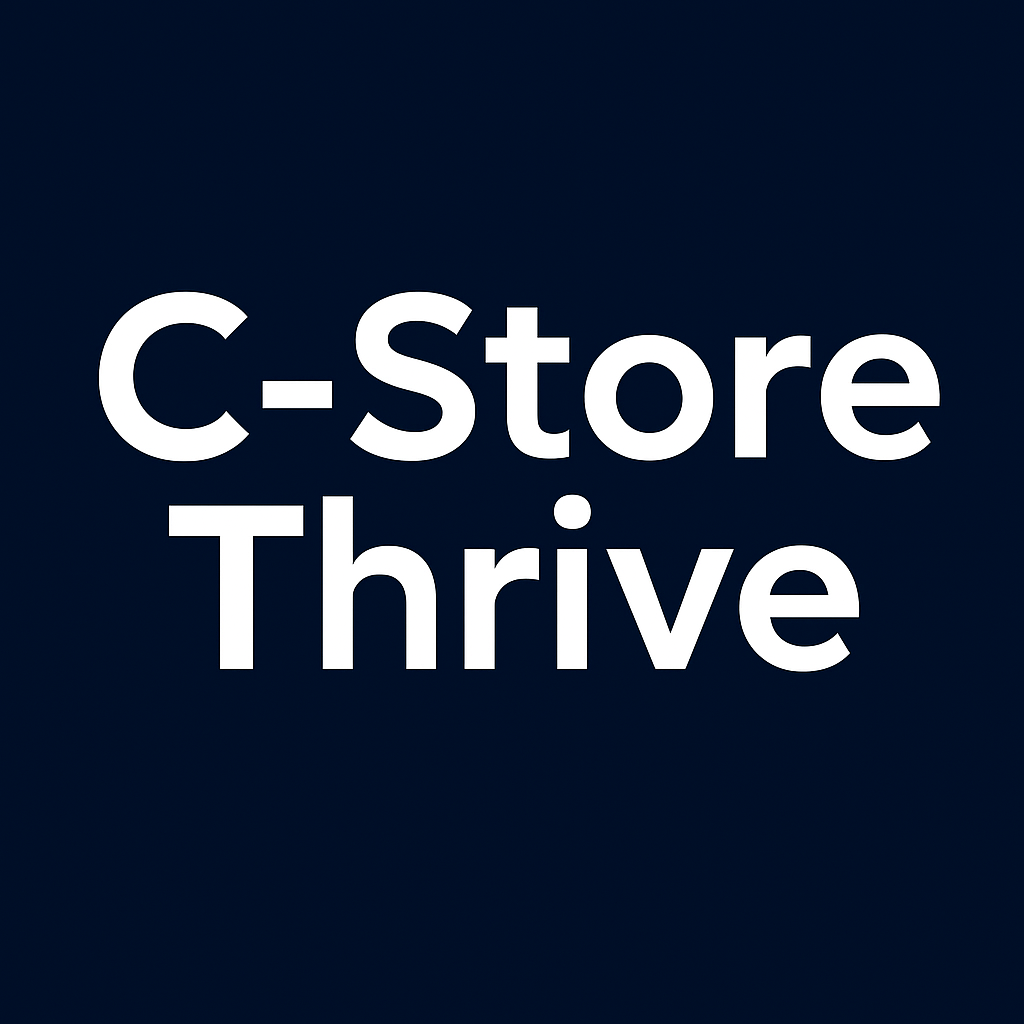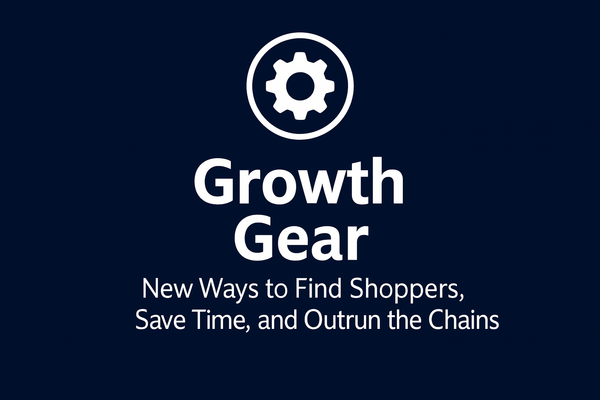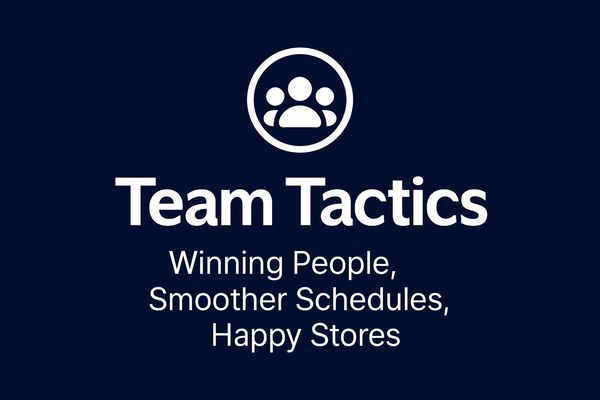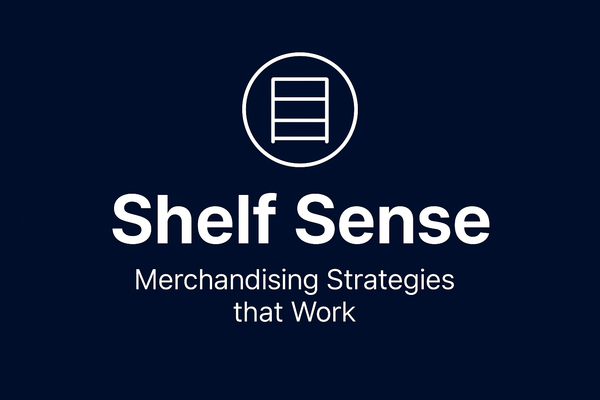How to Increase Sales with Merchandising in a Convenience Store
Smart convenience store managers use merchandising to control customer journey and increase basket size. Cross-merchandising boosts baskets by 12%, endcap promotions move 20-30% more product, and strategic merchandising can drive 5-10% monthly sales growth without additional marketing spend.
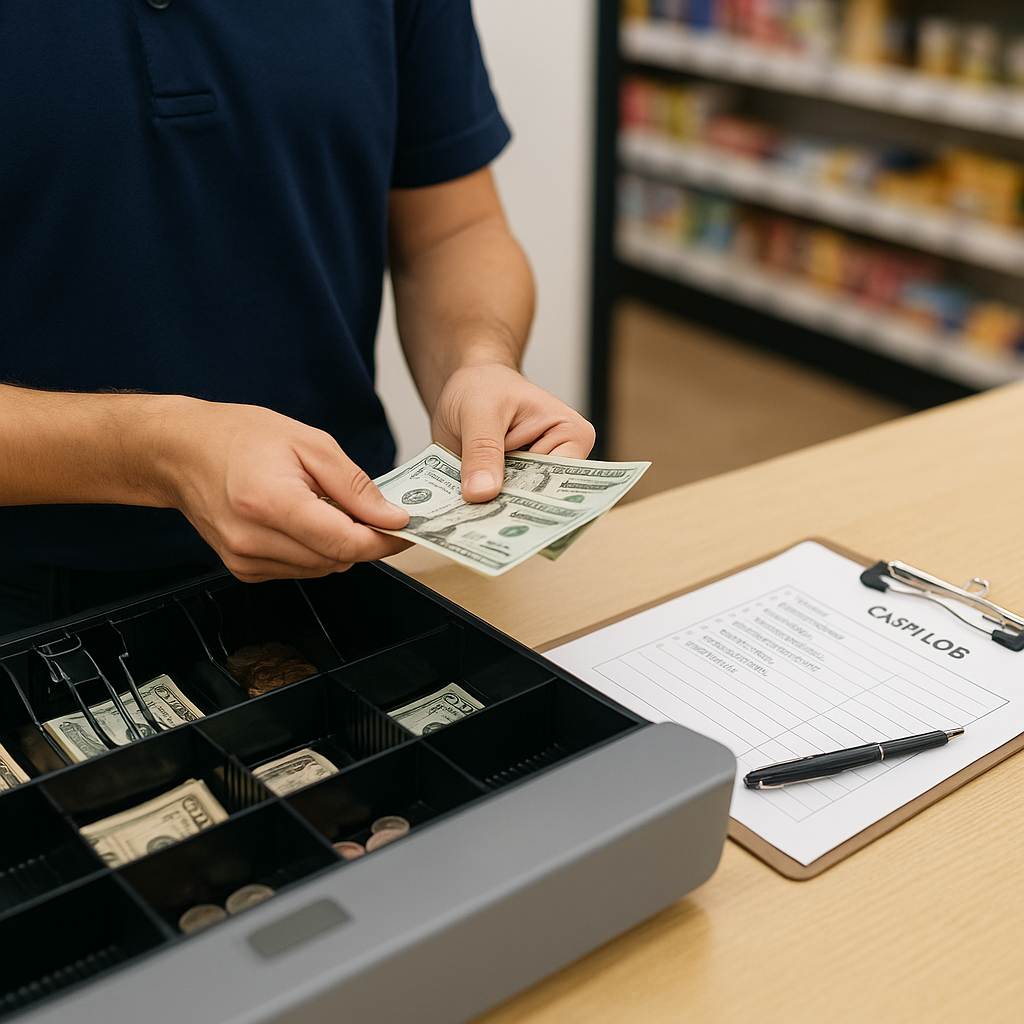
Successful convenience store managers know that merchandising is more than filling shelves. It is a strategy that separates thriving stores from the ones that struggle to move products. Smart operators understand how to use product placement, signage, and layout to influence customer behavior and increase basket size.
Understanding the Power of Merchandising
Influence the Customer Journey
Think about how your customers move through the store. The first few steps after they walk in often determine how long they will stay and how much they will spend. High-demand items like coffee or cold drinks should be easy to find, while impulse items such as snacks or seasonal specials should be positioned along the path.
By guiding your customer’s journey, you are nudging them toward bigger baskets.
Prioritize Power Zones
Certain spots in your store naturally catch attention, including endcaps, checkout counters, and eye-level shelving. These power zones are prime real estate. Reserve them for high-margin items, new products, or promotions.
If you clutter these spaces or use them for low-impact items, you are missing a key sales opportunity.
Tools That Drive Sales Growth
Use Signage to Communicate
Clear signage is one of the simplest and most effective tools. Whether it is bold price tags, promotional posters, or product pairing suggestions, signage answers customer questions before they ask.
Confused customers rarely buy. Make your messaging simple, visible, and consistent.
Rotate Displays Regularly
The more often customers visit your store, the easier it is for them to overlook products if displays never change. Rotate displays weekly or seasonally to keep the environment fresh and encourage impulse purchases.
Even small changes, like moving candy closer to the coffee station, can create new buying opportunities.
Leverage Cross-Merchandising
Pair products that naturally go together. Coffee near breakfast sandwiches, chips next to salsa, or lottery tickets near energy drinks. Cross-merchandising helps customers connect products and encourages them to buy more than they planned.
Measure Results and Adjust
Track Sales Data
Every merchandising decision should be tracked. Monitor sales before and after a display change. Notice whether featured products sell faster. If something flops, adjust quickly. If something works, replicate it in other areas.
Merchandising is not guesswork. It is an ongoing experiment backed by data and results.
Bottom Line
Effective merchandising is not about flashy displays. It is about strategic product placement, clear communication, and consistent evaluation. With the right approach, you can turn shelves into silent salespeople.
